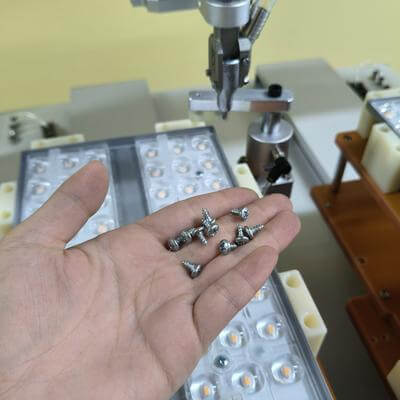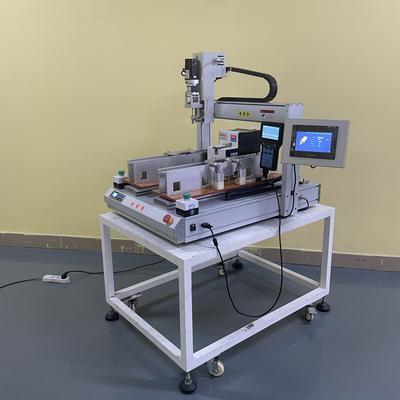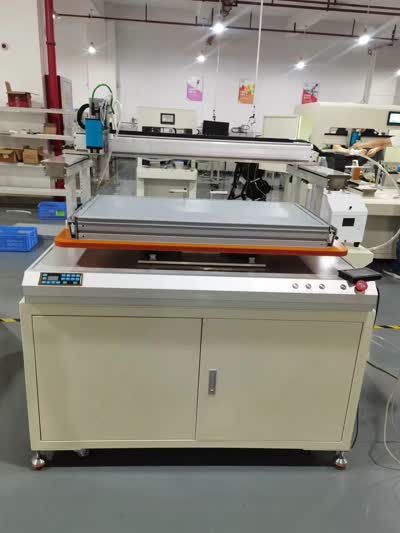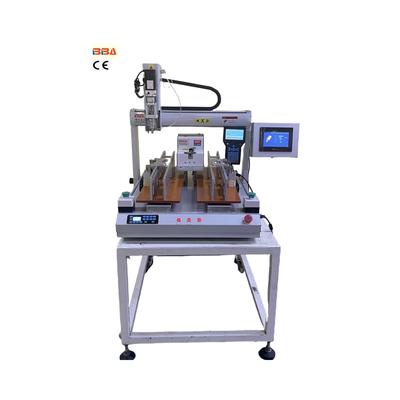Export Opportunities for Robotic Screw Driving Machines | Global Automation Markets

| Product Name | Applicable industries |
| Desktop Screwdriver Robot | Home Appliance Production |
Export Opportunities for Robotic Screw Driving Machines
The global manufacturing landscape is evolving rapidly, creating unprecedented demand for precision assembly solutions like robotic screw driving machines. These advanced systems are transforming production floors worldwide—and international markets offer explosive growth potential for innovative suppliers.
Global Drivers Fueling Demand
Three powerful trends are accelerating international adoption:
1. Labor Shortages & Rising Costs
Developed economies face critical workforce gaps. Japan's manufacturing sector anticipates a shortage of over 1 million workers by 2030, prompting companies to seek automation for high-volume screw driving tasks previously done manually.
2. Precision Requirements
Electronics and aerospace manufacturers require micron-level accuracy even at high-speeds. Southeast Asia's expanding electronics sector particularly values machines capable of 0.01mm repeatability in smartphone assembly.
3. Supply Chain Localization
Legislation like the US CHIPS Act is boosting domestic semiconductor production. New fab construction creates immediate installations for robotic screwdrivers in cleanroom environments across North America and Europe.
Key Growth Markets & Application Hotspots
Asia-Pacific
Vietnam, Thailand, and Malaysia invested over $15B in electronics infrastructure last year. Customizable machines with quick-change tooling outperform rigid systems for rapid production line reconfiguration.
North America
Electric vehicle battery manufacturing demands explosion-proof screwdrivers capable of handling sensitive components. Solutions with integrated torque analytics command premium pricing in this sector.
Europe
Medical device manufacturers require ISO Class 5-certified systems for surgical equipment assembly. Solutions featuring vision-guided error-proofing see 40% faster adoption.
Emerging Applications
Furniture production increasingly adopts collaborative robotic screwdrivers for flexible small-batch assembly. Renewable energy sector uses heavy-payload models for wind turbine component assembly.
Overcoming Export Barriers
Success internationally requires strategic adaptation:
- Voltage Compliance: Provide 110V/60Hz and 220-240V/50Hz configurations
- Regulatory Certifications: CE, UL, and CR certifications remain non-negotiable entry requirements
- Technical Support: Offer multilingual interfaces and remote diagnostics to minimize downtime across time zones
The Strategic Advantage
Export-focused manufacturers gain competitive leverage through:
Global manufacturers increasingly view robotic screw driving systems as essential infrastructure. With production quality expectations rising internationally and labor advantages diminishing, automation isn’t merely competitive—it’s becoming the universal language of industrial progress. Suppliers who deliver adaptable, precision-engineered solutions will capture growing market share across continents.


